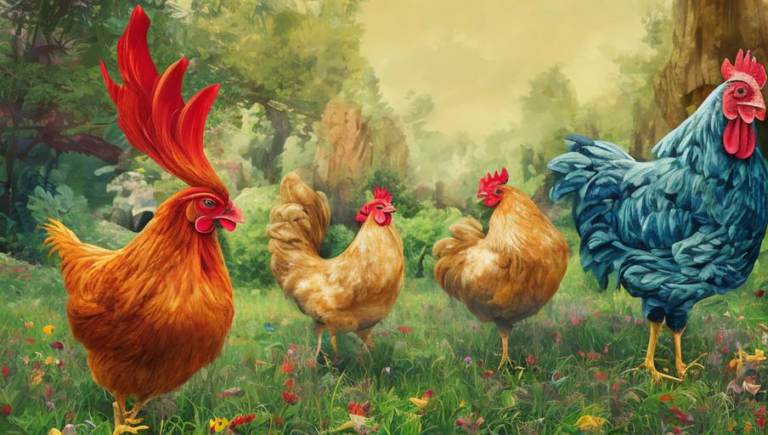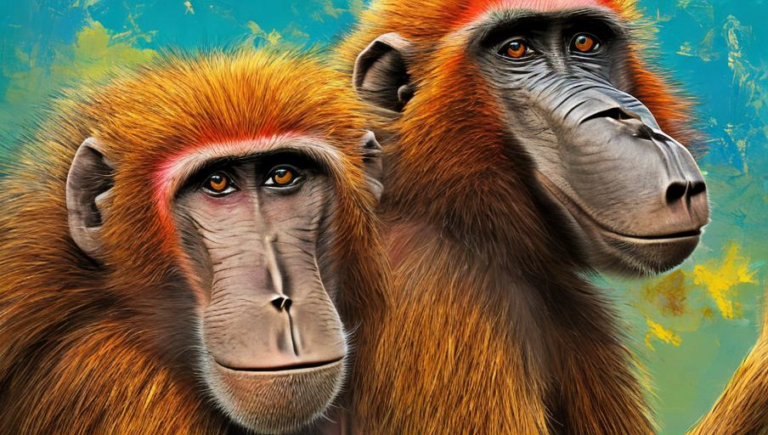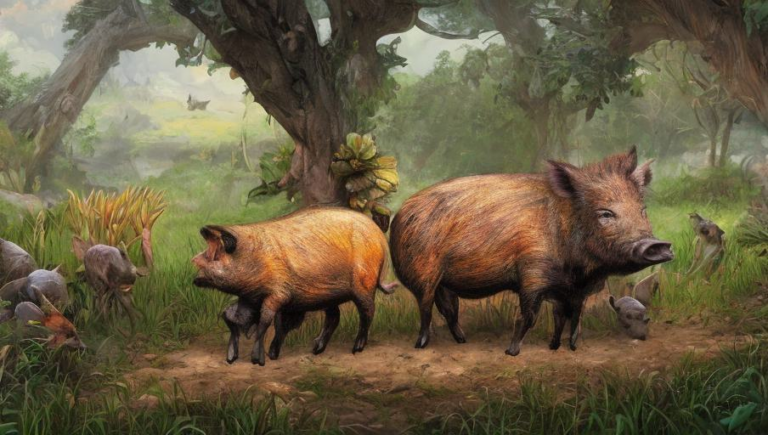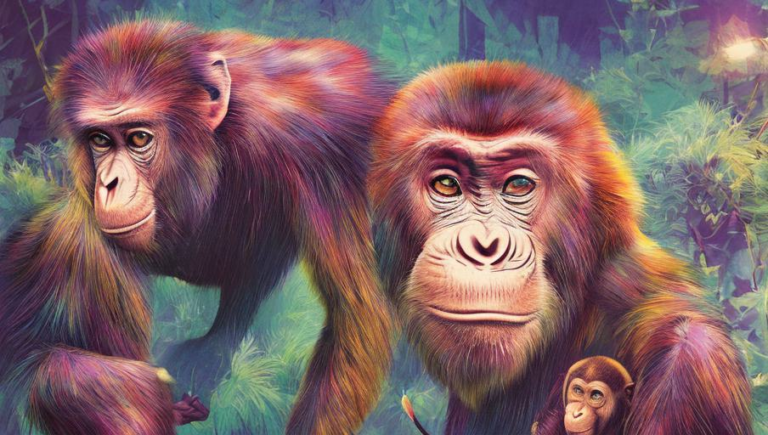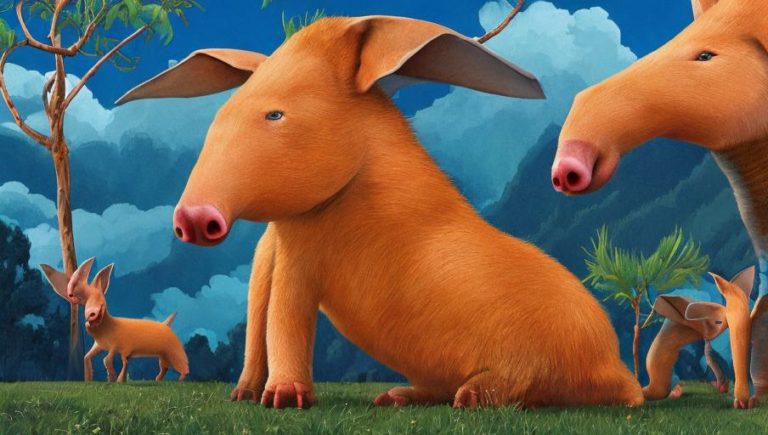A Guide to the Interesting World of Anteaters
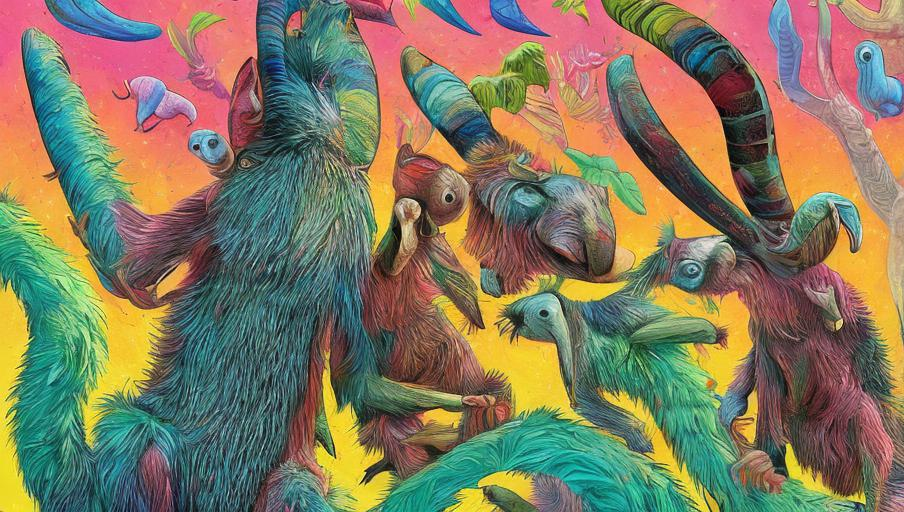
Introduction to Anteaters
Anteaters are fascinating creatures that are found in a variety of habitats throughout South and Central America. They are easily recognizable thanks to their long snouts and sharp claws, which they use to hunt and feed on their favorite food, ants and termites. There are four species of anteaters, the giant anteater, the silky anteater, the northern tamandua, and the southern tamandua. Each species has its own unique features and adaptations that allow it to survive in its respective habitat.
Habitats of Anteaters
The giant anteater is the largest species of anteater and can be found in grasslands, woodlands, and rainforests. They are mainly solitary creatures and use their long snouts to dig for insects and their sharp claws to tear open ant and termite nests. The silky anteater is a small species that is mainly found in trees and prefers to live in tropical rainforests. The northern and southern tamandua are also found in trees, but they prefer to inhabit more open areas such as savannas and deciduous forests.
Adaptations of Anteaters
Anteaters have a variety of adaptations that allow them to survive in their habitats. They have a very long and sticky tongue which they use to capture their prey, and their claws are specially adapted to tear open ant and termite nests. They also have a strong sense of smell which helps them to locate their prey, and their long snouts act as a shield from any predators that may try to attack them. Furthermore, their long, tough fur helps to protect them from the elements.
Reproduction of Anteaters
Anteaters are solitary creatures and typically only come together to mate. Females will usually have one or two young after a gestation period of around 130 days. The young will stay with their mother until they are mature enough to venture off on their own, usually around one year of age. Female anteaters will usually have one or two litters a year.
Conservation of Anteaters
Anteaters are currently listed as vulnerable by the IUCN and are in danger of becoming extinct due to habitat loss and hunting. They are also threatened by the pet trade, as many people believe that they make good pets. Conservation efforts for anteaters include habitat protection, banning of hunting and the pet trade, and education campaigns to raise awareness about their plight.
Conclusion
Anteaters are fascinating creatures with a variety of adaptations that allow them to survive in their habitats. They are currently listed as vulnerable and are in danger of becoming extinct due to habitat loss and hunting. Conservation efforts are underway to protect these unique creatures and help ensure their survival. Through research, education, and habitat protection, we can all work together to help save the anteaters.

